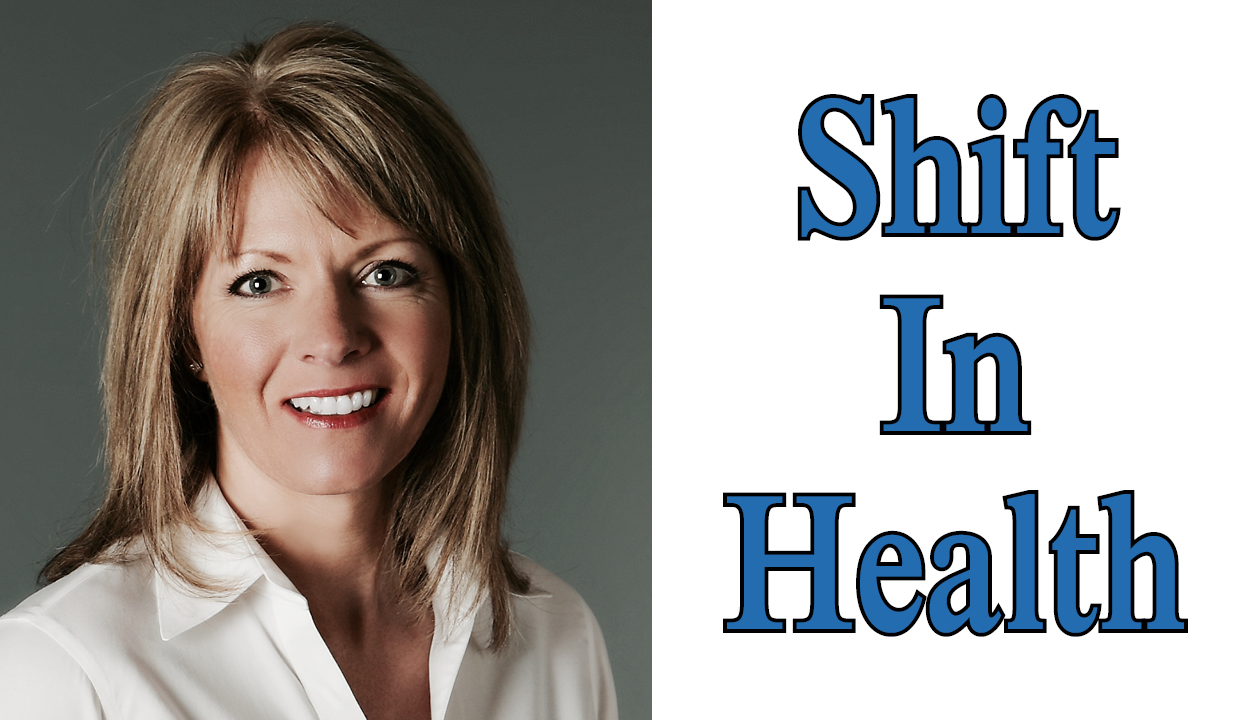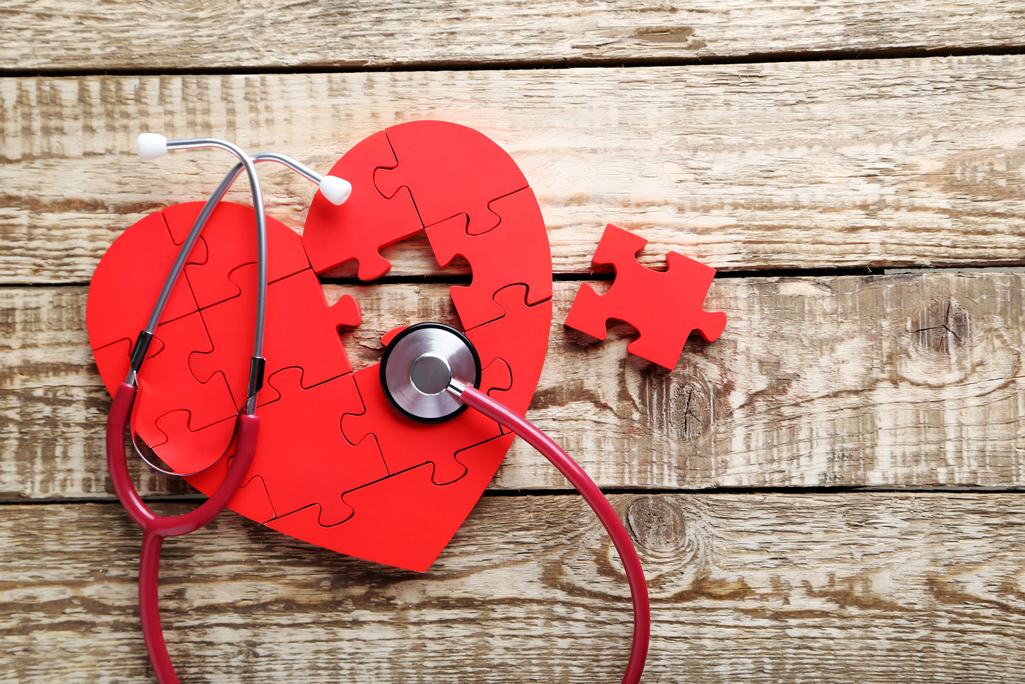Cold laser therapy for pain and inflammation

By Wendy M. Henrichs
Board Certified Chiropractic Pediatrician and Nutrition Counselor
Chronic inflammation and pain are some of the most common conditions plaguing Americans today and is one of the most common reasons that people seek medical care. Chronic pain and inflammation contribute an estimated $560 billion (about $1,700 per person in the U.S.) each year in direct medical costs, lost productivity and disability programs. Pain can cause you to move less, sleep less and has been linked to dependence on opioids and over-the-counter pain relievers. Chronic pain has been shown to lead to increased anxiety, depression and an overall decrease in your quality of life. Cold laser, also known as low level light therapy (LLLT), is a promising tool for the treatment of pain and inflammation.
The article Laser Light Therapy in Inflammatory, Musculoskeletal, and Autoimmune Disease in Current Allergy and Asthma Reports stated “LLLT is a promising therapeutic, particularly for those diseases of skin and joints because they are most accessible to treatment. Indeed, the known mechanisms of LLLT support its use for anti-inflammatory purposes, as well as stimulation of tissue growth and repair. Although the standard of care for the majority of inflammatory diseases is immunosuppressive agents such as corticosteroids with undesirable toxicities, LLLT offers a unique approach by being non-invasive and incurring minimal side effects.”
Low-level laser therapy is known by several names. Most commonly, it is known as photo biomodulation therapy, low-power laser therapy, cold laser therapy or simply by the acronyms LLLT or PBMT.
Low-level laser therapy is a term that describes the therapeutic application of light to the body. First developed in 1967 by Endre Mester in Hungary, low-level laser therapy involves placing a light source near to or on the skin, allowing the photons to move through the tissue and interact with cells in the body. Mester first developed this method after finding that it improved hair growth and stimulated wound healing in mice. Shortly after his initial development of the treatment method, Mester explored the therapy’s ability to aid in the healing of skin ulcers in 1972.
Low-level laser treatment does not involve the use of the high-powered lasers that most people are familiar with. Instead, low-level lasers are used to emit red and near infra-red light with wavelengths of 600 nm to 1070 nm at 1 to 1000 mW. These low-power light sources do not generate heat, so they do not burn the skin during the therapeutic process. The wavelength of 600-800 nm range has been shown in numerous studies to be the optimal range to stimulate cellular healing without causing negative side effects. When cells are chemically damaged, they stimulate the pain cycle. Laser excites the kinetic energy within cells by transmitting healing stimuli known as photons. The skin absorbs these photons via a photo-chemical effect, not photo-thermal, therefore, it does not cause heat damage to the tissues. Once photons reach the cells of the body, they promote a cascade of cellular activities.
Low level laser therapy light can:
• Stimulate mitochondria. Mitochondria are the powerhouses for cells, providing energy to carry out biochemical reactions and other cellular processes. Mitochondria make energy for cells from the chemical energy stored in the food we eat.
• Increase blood flow. Poor blood flow is one of the main reasons wounds and injuries do not heal which can lead to chronic pain and inflammation. Oxygen which is carried by your blood plays a critical role in the formation of collagen, the growth of new capillaries, and the control of infection.
• Increase lymphatic drainage. Lymphatic drainage helps to reduce swelling, relieve pain, detoxify the body, and speed up the regeneration of tissues and cells.
• Increase ATP synthesis (energy) by the mitochondria. ATP stimulates rapid tissue regeneration aiding in the healing process of acute and chronic inflammation or injuries.
• Elevate collagen formation substances to prevent the formation of scar tissues and increase elasticity in old scars. Collagen is a protein which makes up a third of the protein in your body and is 75% of your skin. Collagen is in your bones, muscles, and blood vessels. It is necessary for healthy joints, bones, and skin elasticity.
• Ignite the production of enzymes. Enzymes catalyze all kinds of chemical reactions that are involved in growth, blood coagulation, healing, diseases, breathing, digestion, reproduction, and many other biological activities. Increased enzyme activity can aid in accelerating the healing process.
Cold laser therapy has been shown to be an effective tool for reducing long-term disabling chronic pain and inflammation syndromes as well as the treatment of acute injuries and wound healing. LLLT is also being considered as a viable treatment for serious neurological conditions such as traumatic brain injury (TBI) including concussion, stroke, spinal cord injury, and degenerative central nervous system disease. Cold laser (LLLT) therapy accelerates the healing process in your cells and tissues whether your injury or pain and associated inflammation is new or old.
This enables you to get out of pain and heal at the same time. Remember, it is never too late to make a shift in health.
Dr. Wendy Henrichs provides comprehensive chiropractic care among other services, including pregnancy, newborn and pediatric care, post-concussion and sports performance, FX 635 Laser, Zerona fat loss laser, nutrition counseling and wellness services at Timberland Chiropractic. Visit timberlandchiropractic.com, Instagram, Facebook, LinkedIn or call 715-362-4852.
Leave a reply
You must be logged in to post a comment.

